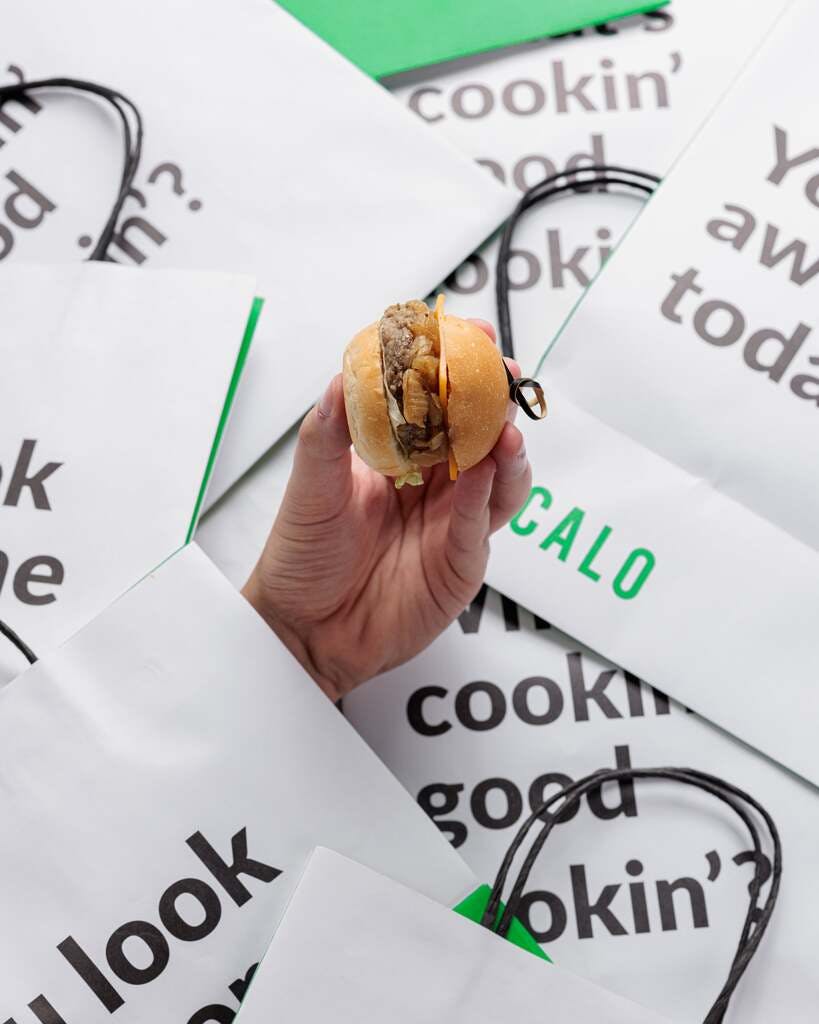Back to blog
Blood Sugar Levels After Eating and How to Optimise for Productivity

Why Blood Sugar Levels After Eating Impact Focus and Energy
How to Build a Blood Sugar-Friendly Meal
Breakfast and Its Role in Blood Sugar Control
Intermittent Fasting and Meal Timing
Light Movement After Meals Can Blunt the Spike
Snack Smarter and Manage Caffeine
Healthy Meal Delivery
How to Build a Blood Sugar-Friendly Meal
Breakfast and Its Role in Blood Sugar Control
Intermittent Fasting and Meal Timing
Light Movement After Meals Can Blunt the Spike
Snack Smarter and Manage Caffeine
Healthy Meal Delivery
We have most likely all experienced the afternoon slump: brain fog, lethargy, and reduced concentration at work. A major driver of this dip in energy is how our blood sugar levels after eating behave throughout the day. While it’s natural to feel slightly tired around 3 pm due to our circadian rhythm, dramatic fluctuations in glucose can intensify that feeling.
This article explores why maintaining normal blood sugar levels after eating is essential for consistent energy and mental performance. You'll also learn practical, evidence-based nutrition and lifestyle tips to support a normal blood glucose level, reduce fatigue after eating and dips that lead to low focus.
Why Blood Sugar Levels After Eating Impact Focus and Energy
When you eat foods high in sugar or simple carbs, for example, bread or white pasta, your blood sugar levels rise rapidly. In response, your body rapidly produces insulin to lower the glucose spike, but this can cause your levels to dramatically drop shortly after.
That drop is what leaves you feeling tired after eating and struggling to focus. It can also trigger cravings for high-carb or sugary foods, creating a vicious cycle. Repeated swings in blood sugar levels after eating are linked with poor cognitive performance, energy crashes, and even early signs of diabetes.
How to Build a Blood Sugar-Friendly Meal
Here are some tips to design a meal that will support normal blood sugar levels after eating:
- Complex carbs: These are slower to digest and convert to glucose more gradually e.g. brown rice, quinoa, oats.
- Lean protein: Supports satiety and helps regulate hunger. E.g chicken, tofu.
- Healthy fats: Slow gastric emptying and blunt glucose spikes. For example: extra virgin olive oil, oily fish, nuts and seeds.
- Fibre: Aim for half your plate to be fibre-rich veg or pulses. Fibre slows digestion and helps stabilise blood sugar levels by stimulating the release of GLP-1, a hormone that delays the conversion of food into glucose.
A 2025 study demonstrated that eating the fibre portion of your meal first, can further reduce post-meal blood sugar spikes. Foods rich in fibre also contain energising nutrients like zinc, magnesium and B vitamins.
Most of us know how it feels to eat a sandwich at lunch and feel drained afterwards. Structuring your food for lunch at work, to comprise of a well-balanced meal, can help avoid afternoon crashes
Breakfast and Its Role in Blood Sugar Control

For those not practising intermittent fasting breakfast is your first opportunity to set the trajectory for a stable blood glucose level during the day.
Carb-heavy breakfasts like bagels or pastries can lead to early spikes and a crash shortly after. Studies show people who eat high simple-carb breakfasts tend to consume around 300 more calories per day.
A better start
- Oats with yoghurt seeds and berries
- Eggs on wholegrain toast with avocado or smoked salmon
- A protein smoothie with berries chia and nut butter
Choosing the right food for energy at breakfast supports better mood and productivity through the morning.
Intermittent Fasting and Meal Timing
Intermittent fasting and time-restricted eating can offer some benefits but timing matters. When you break a fast your blood sugar levels after eating may spike more sharply than usual due to your lower baseline.
It is important to be conscious about the type and amount of carbs you consume in your first meal. Focus on limiting the amount of carbs, and ensuring you are incorportating complex carbs and fibre here, avoiding refined carbs which can cause an exaggerated glucose response
Interestingly eating earlier in the day may be better for blood sugar levels and hormones. A study compared people eating identical meals at different times. Those eating at 10 pm had higher blood sugar levels after eating and reduced fat metabolism compared to those eating the same meal at 6 pm. This suggests better overnight glucose control and fewer cravings the next morning when meals are timed earlier. As a general rule of thumb, aiming to eat at least three hours before bed is important to reduce our blood sugar spikes during sleep.
Light Movement After Meals Can Blunt the Spike

After breakfast or any meal a short 10 minute walk or light movement can significantly reduce your sugar reading after eating. Muscles uptake glucose, for fuel, helping stabilise your levels without needing extra insulin.
Not only does this support a normal blood glucose level but it also helps improve alertness and digestion.
Take your lunch break away from your desk if possible. Focusing on your food activates the body’s rest and digest state, improving digestion.
Snack Smarter and Manage Caffeine
The afternoon crash often leads people to grab a sugary snack or another coffee. This can trigger a quick spike in blood glucose and a subsequent dip which leaves you even more tired
Better snacks for blood sugar and energy
- Cottage cheese with wholegrain crackers
- Dates with nut butter
- Yoghurt with chia seeds and berries.
Instead of a second coffee try matcha or green tea. These contain caffeine, alongside L theanine, which promotes smoother caffeine absorption, whilst improving focus.
Read more about Adaptogenic Mushrooms for Energy here.
Healthy Meal Delivery
Stabilising your blood sugar levels is key to staying sharp and Calo provides balanced meals to keep you fueled throughout the day, whilst looking after your blood sugar. Download the Calo App; our meal prep service offers delicious, nutritionally-balanced meals delivered right to your door. This can help you build a foundation of healthy eating so you have the energy you need during the day and the rest you deserve at night.
FAQs
What are normal blood sugar levels after eating?
Normal blood sugar levels after eating are typically below 7.8 mmol/L two hours post-meal. Staying within this range helps prevent energy crashes, supports mood stability, and lowers the risk of developing insulin resistance or other early signs of diabetes symptoms.
How can I choose the best food for lunch at work?
The ideal food for lunch at work should include lean protein, healthy fats, complex carbs, and fibre. This combination supports a normal blood glucose level and helps avoid the common post-meal crash associated with unstable blood sugar levels after eating.
Why do I feel tired or lethargic after eating?
Feeling tired after eating or lethargic after eating is often linked to a spike and subsequent drop in blood sugar levels. Meals high in refined carbs (like white bread or pastries) can cause this, leaving you fatigued and craving more sugar shortly after.
How to lessen blood sugar spikes throughout the day?
If you're wondering how to lessen blood sugar spikes, start by building balanced meals with protein, fibre, and healthy fats. Eat fibrous vegetables first, avoid ultra-processed foods, and take a short walk after meals to reduce your sugar reading after eating.
Optimising your blood sugar levels after eating is one of the most effective ways to improve focus mood and energy throughout the day. From structuring your meals to include protein, fibre and healthy fats to incorporating light movement and mindful meal timing, small changes deliver big results. You can read more about the benefits of matcha for energy and psyllium husk, and more topics related to health on the Calo blog.








